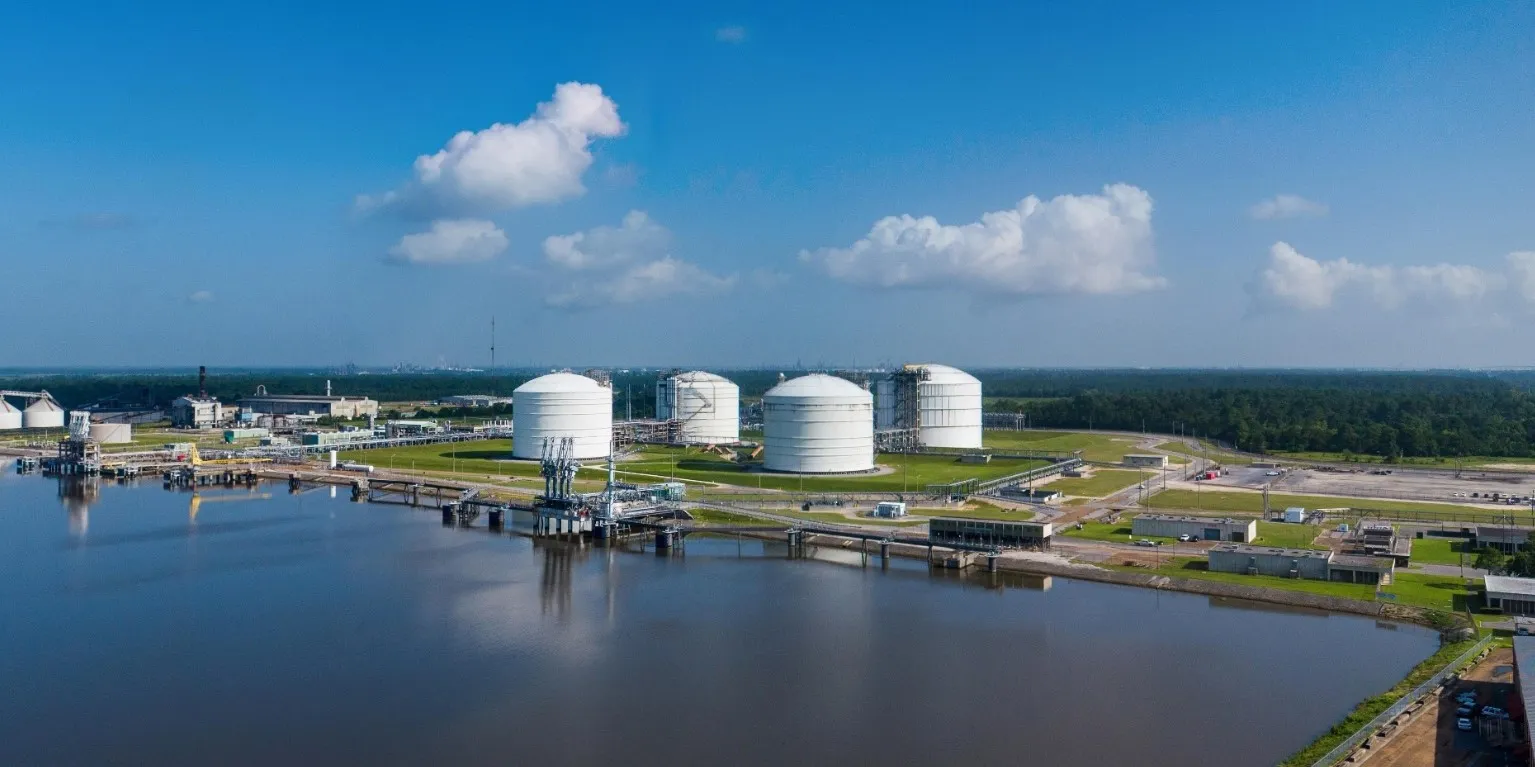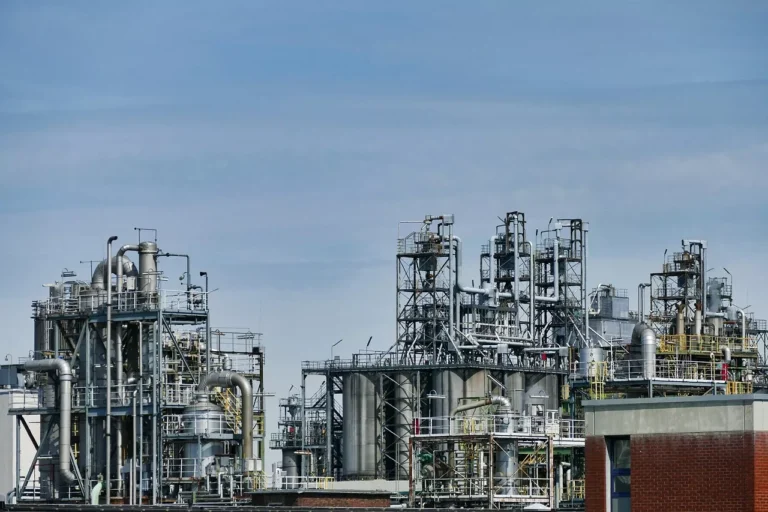
Energy Transfer and Chevron Deepen LNG Partnership with Expanded Lake Charles Agreement
In a major development that underscores the intensifying demand for U.S.-sourced liquefied natural gas (LNG), Energy Transfer LP (NYSE: ET) has announced a significant expansion of its long-term LNG supply arrangement with Chevron U.S.A. Inc. (Chevron), a subsidiary of Chevron Corporation. Through its subsidiary, Energy Transfer LNG Export, LLC (Energy Transfer LNG), the midstream giant has finalized a new 20-year Sale and Purchase Agreement (SPA) to deliver an additional 1.0 million tonnes per annum (mtpa) of LNG from its Lake Charles LNG export facility in Louisiana.
This latest agreement brings Chevron’s total contracted LNG offtake from Energy Transfer LNG to 3.0 mtpa, following an initial 2.0 mtpa contract signed in December 2024. The contracts represent a growing alignment between two energy sector leaders and reflect Chevron’s expanding presence in the global LNG trade.
Building on Strategic Alignment
Under the new SPA, LNG will be supplied to Chevron on a free-on-board (FOB) basis, whereby Chevron assumes ownership and transportation responsibilities at the loading terminal. As with the previous agreement, pricing will be structured around a fixed liquefaction fee plus a variable component indexed to the Henry Hub natural gas benchmark, which is standard in U.S. LNG export contracts. This pricing model provides Chevron with both cost transparency and market-linked flexibility.
Importantly, the execution of the SPA is subject to a Final Investment Decision (FID) by Energy Transfer LNG for the Lake Charles LNG project. Other customary conditions precedent also apply before the agreement becomes fully effective.
Tom Mason, President of Energy Transfer LNG, emphasized the strategic nature of the agreement and the broader relevance of Lake Charles LNG as a cornerstone export facility. “This agreement marks a significant milestone in our growing partnership with Chevron and underscores the increasing global demand for reliable, long-term LNG supply,” Mason said. “With Energy Transfer’s strategic infrastructure and connectivity to key production basins, Lake Charles LNG is poised to be a premier export facility, providing long-term value to our partners and the industry.”
Chevron’s Global Gas Portfolio Strengthens
For Chevron, this expanded agreement reflects a deepening investment in natural gas and LNG as central elements of its global energy portfolio. With natural gas increasingly viewed as a transition fuel that supports global decarbonization goals, Chevron is building a diversified supply chain to meet rising international demand—especially in Asia and Europe.
“This expanded LNG agreement reflects the growing strength of Chevron’s global gas business,” said Freeman Shaheen, President of Chevron Global Gas. “With a diverse, reliable, and flexible supply network, we’re committed to delivering affordable, reliable, and ever-cleaner energy to meet global demand and the evolving needs of our customers.”
Chevron’s gas business strategy focuses on ensuring supply security, maintaining operational flexibility, and advancing environmental performance. The company is investing in carbon management technologies, methane reduction, and lower-carbon LNG infrastructure while pursuing commercial arrangements like this one that enable long-term energy access and stability.
Broader Momentum for Lake Charles LNG
The expanded SPA with Chevron is part of a broader pattern of commercial progress for Energy Transfer’s Lake Charles LNG project. In recent months, the company has secured multiple agreements, further strengthening the project’s commercial foundation. These include:
- A Heads of Agreement (HOA) with MidOcean Energy, a fast-growing player in the LNG sector backed by EIG, for approximately 5.0 mtpa.
- A Sale and Purchase Agreement with Japan’s Kyushu Electric Power Company for 1.0 mtpa, signaling strong interest from Asian utilities looking for long-term U.S. LNG supply.
These agreements cumulatively reflect growing confidence in Energy Transfer’s export ambitions and the strategic appeal of the Lake Charles project.
Reimagining an Existing LNG Site
The Lake Charles LNG export terminal is designed as a brownfield development project. By repurposing Energy Transfer’s existing regasification infrastructure, the company aims to significantly reduce development time and capital intensity. The project is being built on the site of an operational LNG import facility and will take advantage of key pre-existing infrastructure, including:
- Four large-scale LNG storage tanks, offering substantial on-site inventory capacity.
- Two deep-water berths, enabling docking and loading of large LNG carriers.
- A range of ancillary LNG systems and utilities that reduce the need for greenfield construction.
One of the most compelling advantages of the Lake Charles site is its integration with Energy Transfer’s Trunkline Gas pipeline system. This pipeline provides direct access to an extensive network of both intrastate and interstate pipelines, allowing Lake Charles LNG to tap into a wide array of prolific gas-producing regions, such as:
- Haynesville Shale: A major dry gas basin located in East Texas and North Louisiana, known for its high deliverability and proximity to Gulf Coast export terminals.
- Permian Basin: One of the most productive oil and gas regions in the U.S., contributing associated natural gas volumes to the national grid.
- Marcellus Shale: Located in the northeastern U.S., it is one of the world’s largest sources of natural gas, with substantial supplies transported via pipeline to Gulf Coast markets.
This broad connectivity enhances the reliability of gas supply to Lake Charles LNG and supports its competitiveness in the global LNG marketplace.
Energy Transfer’s Midstream Reach
Energy Transfer LP is among the largest and most diversified midstream energy companies in North America. Its operations span natural gas, natural gas liquids (NGLs), crude oil, and refined products, with a comprehensive network of pipelines, storage, and processing facilities.
Its business strategy is rooted in leveraging infrastructure synergies to support long-term customer relationships and deliver value across commodity cycles. The company’s LNG aspirations are part of a larger push to provide integrated energy solutions that align with global trends in sustainability, energy security, and trade diversification.
Lake Charles LNG is envisioned as a flagship project that complements Energy Transfer’s existing portfolio and enhances its presence in the high-growth global LNG sector.
A Vote of Confidence in U.S. LNG
The Chevron-Energy Transfer agreement sends a strong market signal regarding the long-term competitiveness of U.S. LNG. Amid geopolitical uncertainties and shifting energy policies, U.S. Gulf Coast LNG remains attractive due to its abundance, price competitiveness, and reliability.
Moreover, such long-term SPAs provide energy companies with greater planning certainty, enabling them to pursue major infrastructure investments. They also benefit end-users—especially utilities and industrial consumers in Asia and Europe—by offering long-term price stability and supply security.
Final Investment Decision on Horizon
While the expanded SPA is a milestone, the path forward includes a crucial next step: Energy Transfer LNG must reach a Final Investment Decision (FID) on the Lake Charles export terminal. The company has been working steadily to secure regulatory approvals, commercial agreements, and financial structuring to support this goal.
The expanded commitment from Chevron, one of the world’s largest and most experienced LNG buyers, is expected to strengthen the project’s credibility with other stakeholders, including financiers and regulatory bodies.
Once FID is achieved, Lake Charles LNG would move into the construction phase, bringing substantial economic benefits to the region in terms of job creation, local investment, and infrastructure enhancement.










